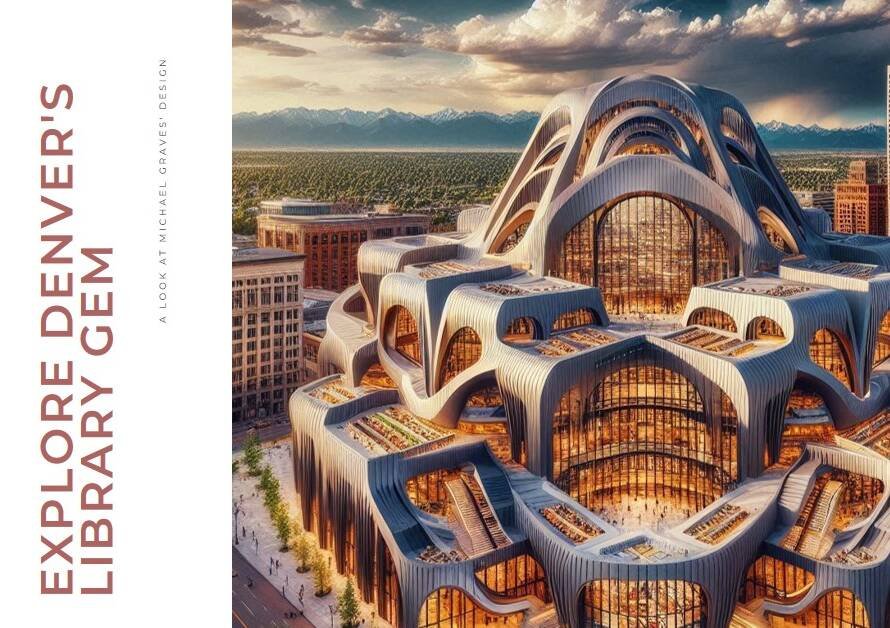
Table of Contents
Introduction: Architecture
Architecture, the silent yet profound expression of human ingenuity, transcends mere bricks and mortar. It’s the embodiment of culture, history, and aspiration, echoing the stories of civilizations through its structures. But why does architecture matter? What drives its significance amidst the ever-evolving landscape of human endeavors? Delve deeper with us as we unravel the intricate tapestry of the “Why” behind architecture.
The Essence of Functionality:
At its core, architecture serves a pragmatic purpose – to provide shelter, facilitate activities, and harmonize human existence with its environment. From the towering skyscrapers of modern metropolises to the serene simplicity of rural dwellings, each architectural marvel is a testament to human adaptability and innovation. By seamlessly blending form with function, architects sculpt spaces that cater to the diverse needs of societies, fostering efficiency and comfort in equal measure.
The Aesthetic Symphony:
Beyond mere utility, architecture is a symphony of aesthetics, captivating hearts and minds with its visual allure. Through meticulous design and creative flair, architects transform mundane materials into breathtaking edifices that stand as epitomes of beauty. Whether adorned with intricate carvings or boasting minimalist elegance, architectural masterpieces enrapture our senses, evoking emotions and inspiring awe. In this pursuit of visual harmony, architecture transcends its utilitarian origins, becoming a medium of artistic expression and cultural identity.
Preserving Heritage, Shaping Identity:
Architecture is the custodian of heritage, preserving the legacy of bygone eras while shaping the identity of future generations. From ancient temples to medieval castles, architectural heritage bridges the chasm of time, connecting us to our roots and illuminating the path forward. By honoring architectural traditions and embracing cultural diversity, societies forge bonds that transcend borders, fostering a sense of belonging and shared humanity amidst the vast tapestry of global civilization.


The Power of Place-making:
In the intricate dance between space and society, architecture emerges as a catalyst for place-making, shaping the way we interact with our surroundings. Through thoughtful urban planning and community-centric design, architects craft spaces that foster social cohesion, encourage interaction, and cultivate a sense of belonging. From bustling town squares to tranquil parks, each architectural intervention molds the fabric of our urban landscapes, imbuing them with vitality and vitality.
Sustainable Futures, Ethical Imperatives:
As stewards of the built environment, architects bear a profound responsibility to embrace sustainability and ethical practices in their craft. In an era of climate crisis and resource depletion, architecture emerges as a frontline defense against environmental degradation, advocating for eco-friendly materials, energy-efficient design, and resilient infrastructure. By championing sustainable principles, architects not only mitigate the ecological footprint of their creations but also pave the way for a more equitable and resilient future for generations to come.
The Language of Innovation:
At the nexus of art and science, architecture serves as a crucible of innovation, pushing the boundaries of human imagination and technological prowess. From groundbreaking materials to cutting-edge construction techniques, architects harness the latest advancements to bring their visionary designs to life. Through interdisciplinary collaboration and relentless experimentation, architecture becomes a conduit for progress, driving societal evolution and shaping the built environment of tomorrow.
Embracing Diversity, Fostering Inclusion:
In a world marked by diversity, architecture emerges as a universal language, transcending cultural barriers and celebrating the richness of human experience. By embracing inclusivity and diversity in design, architects create spaces that reflect the multifaceted tapestry of society, honoring individual identity and fostering a sense of belonging for all. From accessible infrastructure to culturally sensitive design, architecture becomes a tool for social empowerment, breaking down barriers and forging connections across divides.
Conclusion:
In the intricate tapestry of human endeavor, architecture stands as a testament to the boundless creativity and indomitable spirit of mankind. From its pragmatic roots to its lofty aspirations, architecture embodies the essence of human ingenuity, shaping our cities, our cultures, and our collective destiny. As we navigate the complexities of the modern world, let us not forget the profound “Why” behind architecture – the quest for beauty, the pursuit of functionality, and the relentless drive to create spaces that inspire, uplift, and endure for generations to come.



